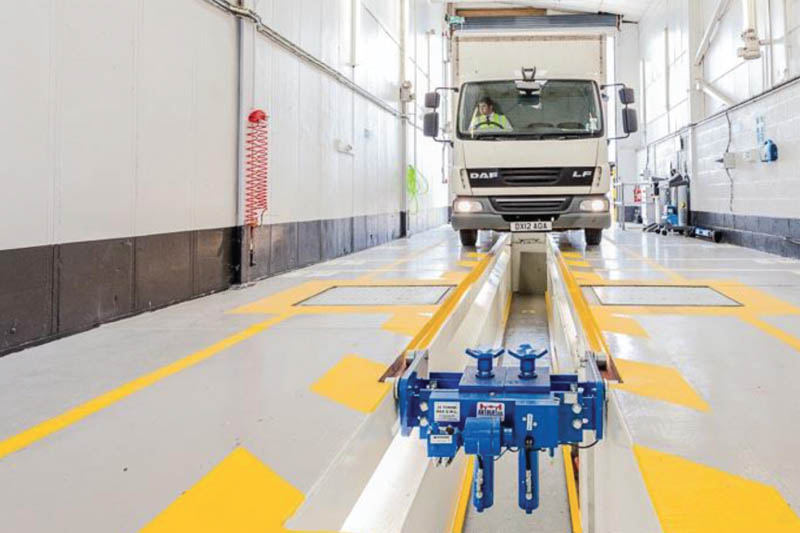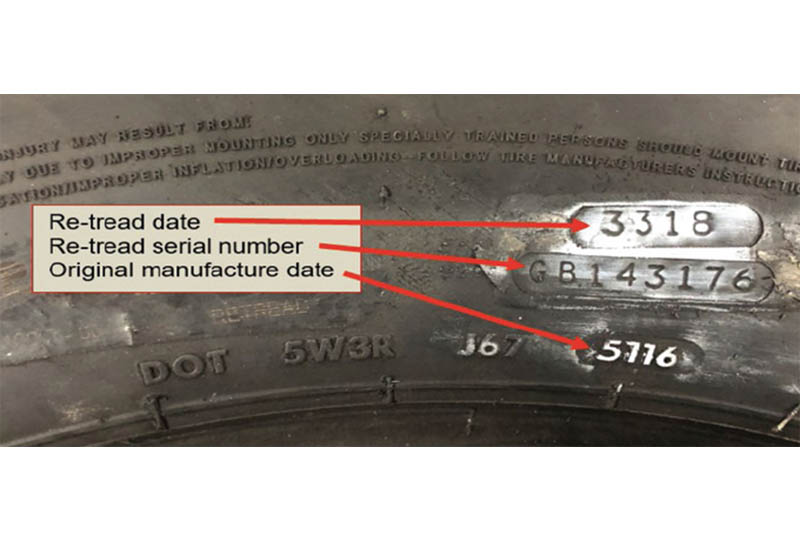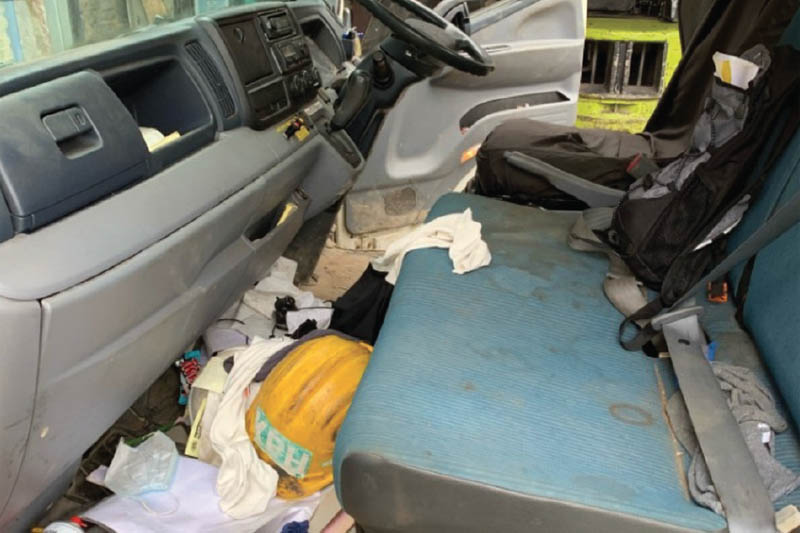
DVSA updated several of its guides and is imposing stricter cleanliness rules for vehicles presented for test. Sharon Clancy highlights what’s new.
The introduction in February of the ban on tyres over 10 years old on commercial vehicles and buses has meant DVSA has had to update several of its publications, including Categorisation of Defects, the HGV Inspection Manual Guide, and its Enforcement Sanctions document.

Categorisation of Defects
What’s new?
- The banning of tyres aged over 10 years on the front axles of lorries, buses, coaches, and all single wheels of minibuses (9 to 16 passenger seats). Tyres must display a date code and, when retreaded, the date of remanufacture
- Additional notes on dash mounted tables, laptops, tablets, and mobile phones have been added to issues that might “seriously impair” the driver’s view of the road
- Updates on brakes, suspension condition, and lamps
Expanded defect definitions
The revised Guide introduces a third “IN” category with which VSAs can use to record defects in addition to immediate and delayed prohibitions issued for safety critical defects. The categories now are:
- I – The vehicle is given an immediate prohibition – PG9 (I) when the VSA decides it would be dangerous if the vehicle were allowed back on the road without rectification of the defect
- D – PG9 (D): the vehicle can continue in operation, but the defect must be rectified. The delay period varies from three to 10 days, depending on the number and severity of defects, the significance in road safety terms, and any risk continued use of the vehicle would present
- IN – A vehicle inspection notice is issued when examiners find roadworthiness defects not serious enough to warrant immediate or delayed prohibition. It is advisory only and does not prevent further use of the vehicle
HGV Inspection Manual

Section 8 of the updated HGV Inspection manual has advice on tyre condition and details the new procedures and standards in effect from 1st February 2021. The manual also gives guidance on interpreting tyre age markings and sets out the deficiency categories for these items at annual test.
Presenting at test

DVSA has always had a standard for cleanliness for vehicles presented for annual test, but the guidance has been updated to reflect the extra measures required so that drivers, Vehicle Standard Assessors (VSAs), and others in the testing facility can work safely during the current pandemic.
A full valet of the cab interior is not expected, but because staff have to get into the cab as part of the inspection, VSAs need to be satisfied that the interior of the vehicle has recently been cleaned.
This includes:
- wiping down areas that the VSA needs to touch (e.g. the dashboard, doors, and vehicle controls)
- clearing away any items like food wrappers, bottles, and tissues from areas that need to be accessed (e.g. seats and footwells)
- storing essential items in their correct positions (e.g. fire extinguisher, hard hat)
- tidying away any other items that could get in the VSA’s way.
VSAs will give the operator/presenter a chance to clean the cab before refusing to test. If the standards cannot be met on the day, “an official refusal will be issued and it will be necessary to book another test appointment”.








